This book edited by Evgeny Pashentsev, brings together a series of chapters written by Russian and non-Russian scholars to analyze the current state of relations between Russia and the European Union. The chapters were written, and the book published, at a time of exceptional stress in the relationship and the leitmotif of the book is the need and opportunity to explore ways in which this tragic situation might be changed.
The title of the book includes the phrase ‘strategic communication.’ This is defined by the editor (p.7) as the “synchronization of governmental deeds, words and images.” In the context of EU-Russia relations, what is meant by the ‘government’ is clear on the Russian side, but on the EU side there is an ambiguity: all EU member-states have governments while the EU itself has ‘governance.’ This is an important distinction as not all EU member-states have been equally hostile to Russia in recent years. Thus, the strategic communication of the EU towards Russia, while without doubt very hostile, may not necessarily accord with the interests of all its member-states.
This factor opens up the possibility of an improvement in EU-Russia relations through the operation of traditional bilateral state interests. This is an approach considered by the authors of this book, although the main thrust is on strategic communication at the supra-national level on the European side, i.e. the EU (there is no such ambiguity on the Russian side, whose strategic communication is easier to analyze if not necessarily understand).
All the authors concur that the strategic communication between Russia and the EU is based on outdated ideas. Although the current disastrous relationship between them was ostensibly triggered by events in Ukraine in recent years, it is quite clear that this is not the whole story that can fully explain the state of affairs. Instead, the strategy—especially but not exclusively on the European side—seems to have been driven by a latent suspicion of Russia that predates the birth of the Russian Federation in 1991 and was then promoted by later events.
The dismal depth to which strategic communication has fallen between Russia and the EU is brilliantly captured by the chapter entitled “Character Assassination as Strategic Communication in EU-Russia Relations.” Written by Sergei Samoilenko and Marlene Laruelle, two scholars based in the United States, the chapter demonstrates the psychological warfare dimension of character assassination and its increasing use in international relations—a facility made easier by modern means of communication. Yet this chapter also shows how, in the case of the EU, character assassination of Russia is driven by the European Parliament with other EU institutions being more reticent. This creates another avenue for changing the bilateral relationship as was emphasized in 2018 by the President of the European Commission when he stated: “This Russia-bashing has to be brought to an end” (p.145).
The damage done by character assassination is then explored in detail in the chapter entitled “Reputation Management of Russian Companies in the European Union in the Context of Russia and the EU’s Strategic Communication.” Written by Darya Bazarkina and Kaleria Kramer, the chapter examines the experience of reputation management of three Russian companies (Gazprom, Lukoil, and Sberbank) in the EU and its member-states. It appears that not all of the experience has been negative. Operating in individual European states, these Russian companies have often been quite successful in promoting a positive image while on the broader European stage Gazprom, for example, has done itself no harm by sponsoring the leading club football tournament (Champions’ League).
Other authors, notably Darya Bazarkina (in a separate chapter on counter-terrorism), Pierre-Emmanuel Thomann and Marius Vacarelu consider ways in which the geopolitical interests of Russia and the EU might converge to bring about a change in the message currently being developed under strategic communication. These authors are undoubtedly correct in that the interests uniting both sides are far stronger than those that divide them and yet the thrust of current strategic communication is on the latter. Why that is the case is a story in its own right and these chapters are also very useful for showing the obstacles in the path of changing the narrative of strategic communication given the ways in which institutions, or even just parts of institutions, can be captured by self-interested groups with their own agendas.
One of the direct outcomes of EU strategic communication towards Russia has been the application of sanctions. In his chapter “Countering America’s Adversaries Through Sanctions Act: The Psychological Aspect and Its Meaning for EU-Russia Relations,” Evgeny Pashentsev broadens the debate to include the increasing use of sanctions by U.S. governments, especially during the presidency of Donald Trump, while showing how unilateral U.S. sanctions can poison the relationship between third parties. Pashentsev also demonstrates some of the methods and techniques used by Russia and its companies to evade the intended impact of sanctions.
This is a most timely book and the editor is to be congratulated for bringing it to the attention of the English-speaking audience. Evgeny Pashentsev’s role is not limited to that of the editor since he has written four of the nine chapters, which is a considerable contribution. All the chapters are well researched and clearly written (as well as translated), although they were, of course, completed before the arrival of the COVID-19 pandemic. It is too early to tell whether this new crisis will be the catalyst to bring about an improved relation between Russia and the EU, but—whether it does or not—there is plenty in this book to give one hope that a better relationship can be built in the future. This will require not just a change in strategic communication by both sides, but greater recognition of the positive role that can be played by other actors in the bilateral relationship: companies, nation-states, and non-state actors.
https://eng.globalaffairs.ru/articles/way-out-from-russia-eu/

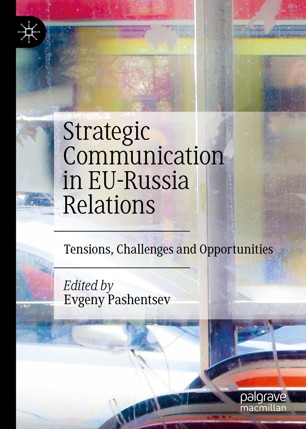
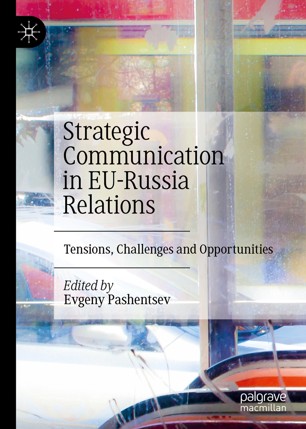

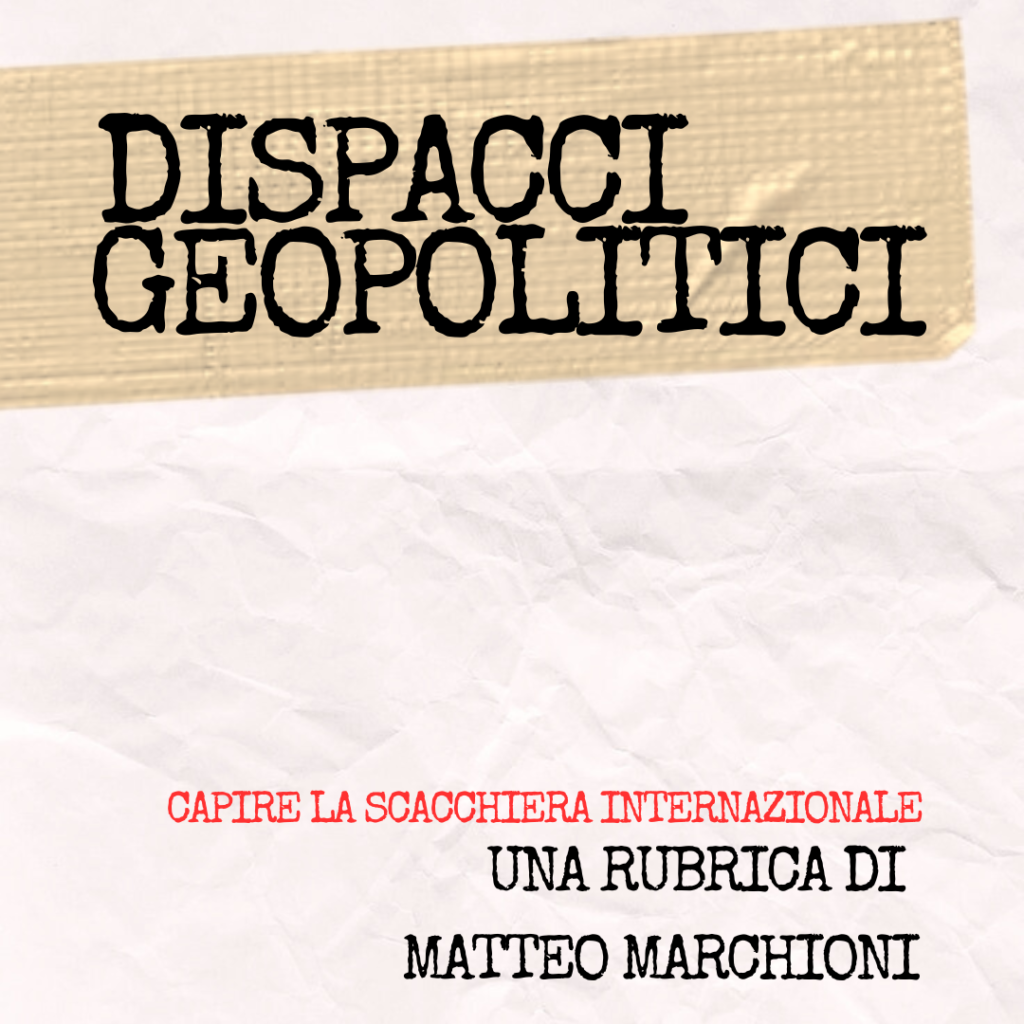

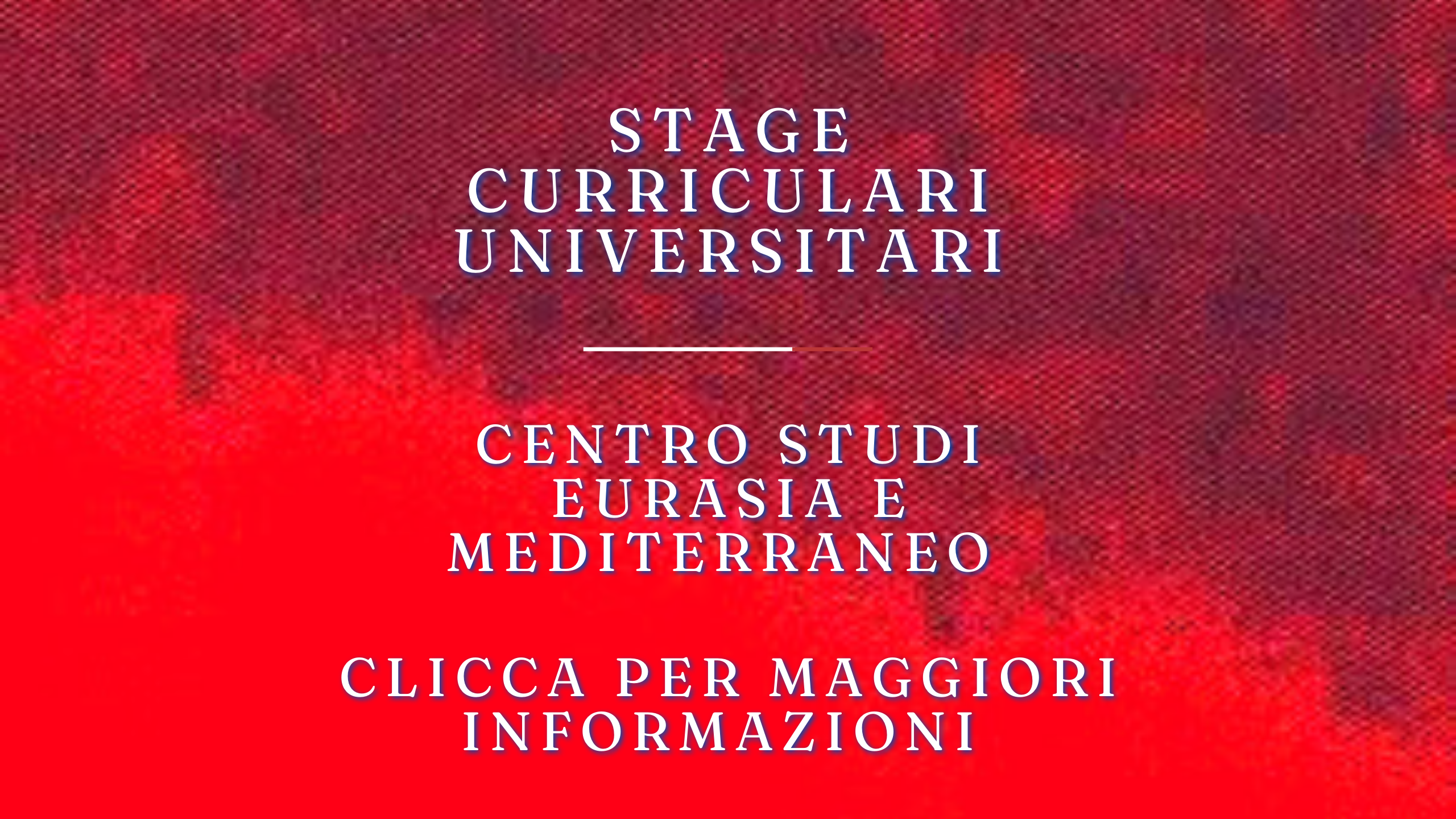
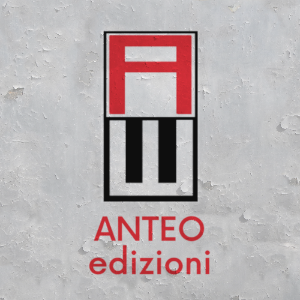
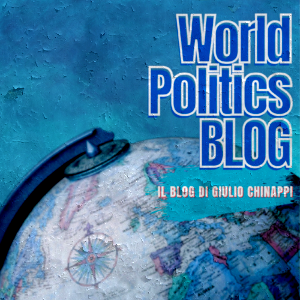



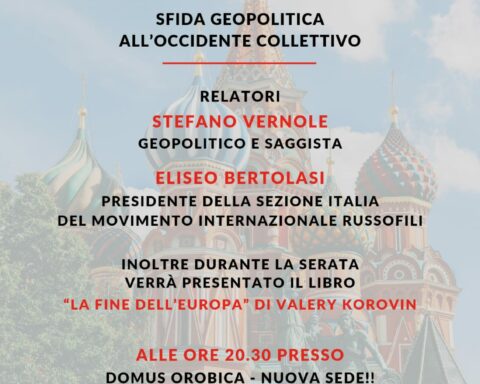

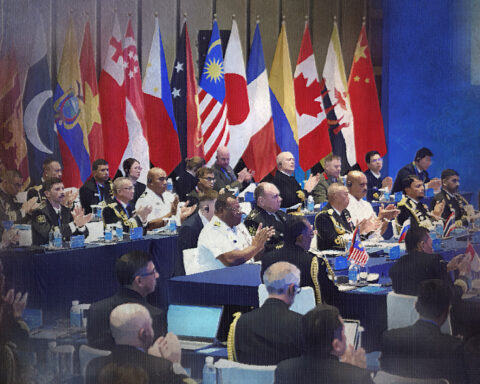
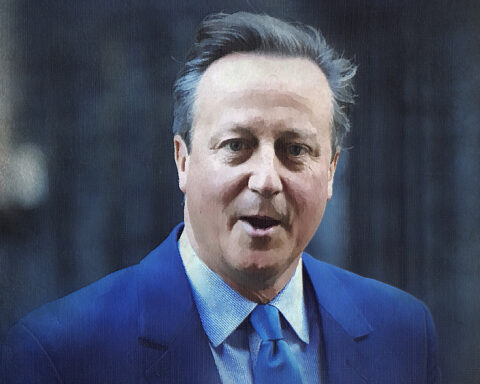



Il CeSE-M sui social